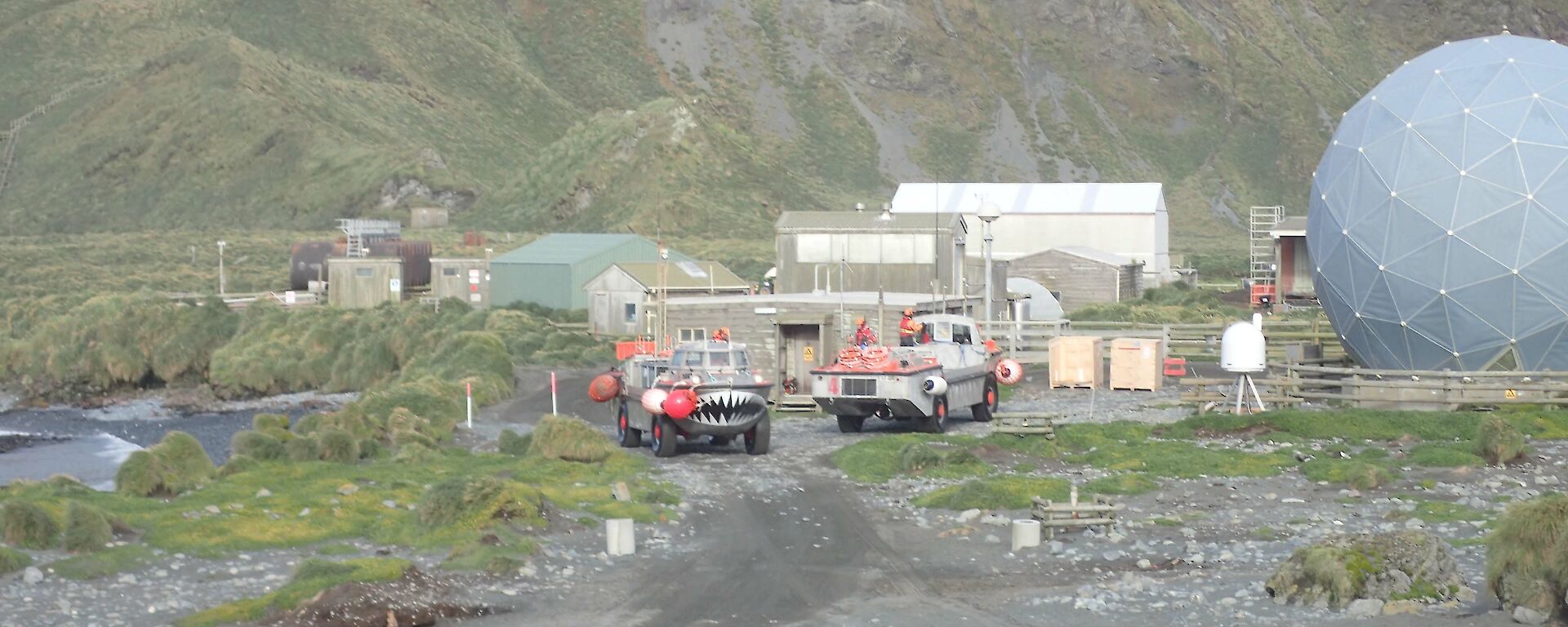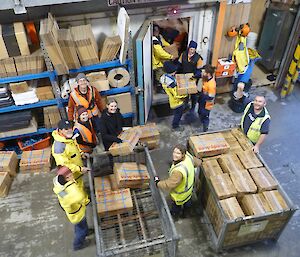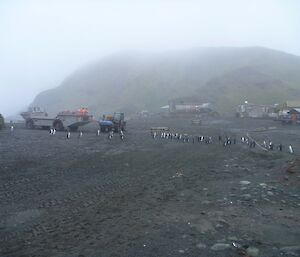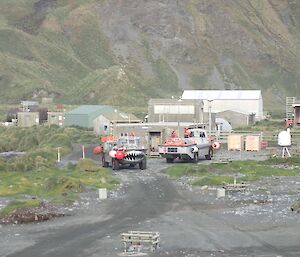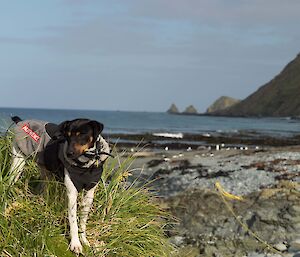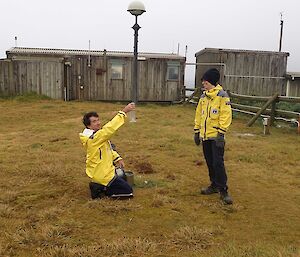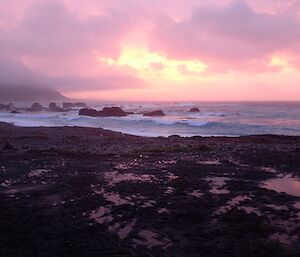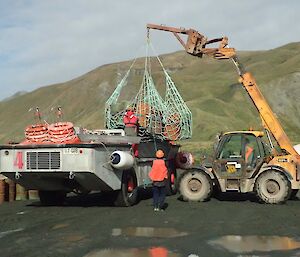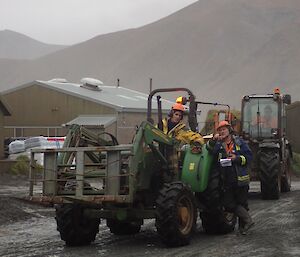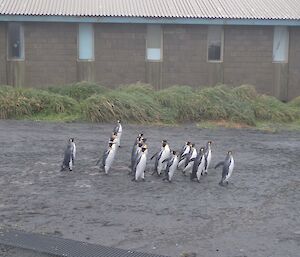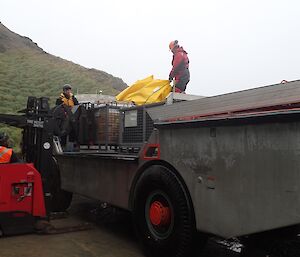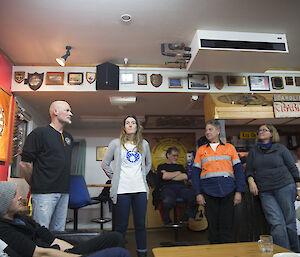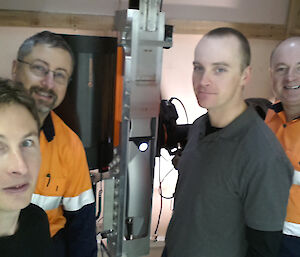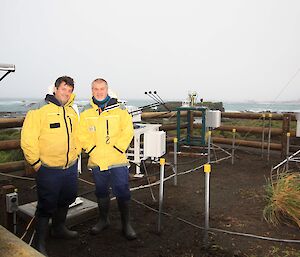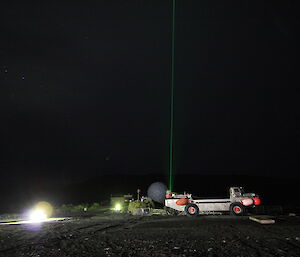Resupply continues apace here on the island. As of yesterday lunchtime, we have offloaded all cargo — a total 117 tonnes all transported via LARC, thanks to our hardy watercraft operators. In the absence of helicopters this resupply, all focus has been on station resupply and return-to-australia (RTA) cargo, which has been more than enough to keep everyone occupied. Great to see how all expeditioners are ready and willing for any task required, including an ‘all-hands bucket brigade’ for a rapid unload of all the freezer food pallets.
Weather briefly ceased activities due to high winds. The new winterers are quickly learning the vagaries of the weather here and how rapidly it can change. A weather respite gives us time to finalise handovers.
Finally we said goodbye to the 68th ANARE team and all round trippers as we loaded L'Astrolabe first thing and waved her off back to Hobart. Bon voyage!

